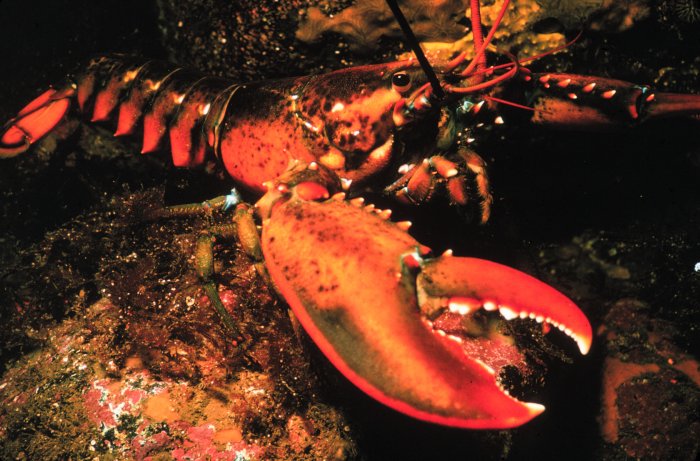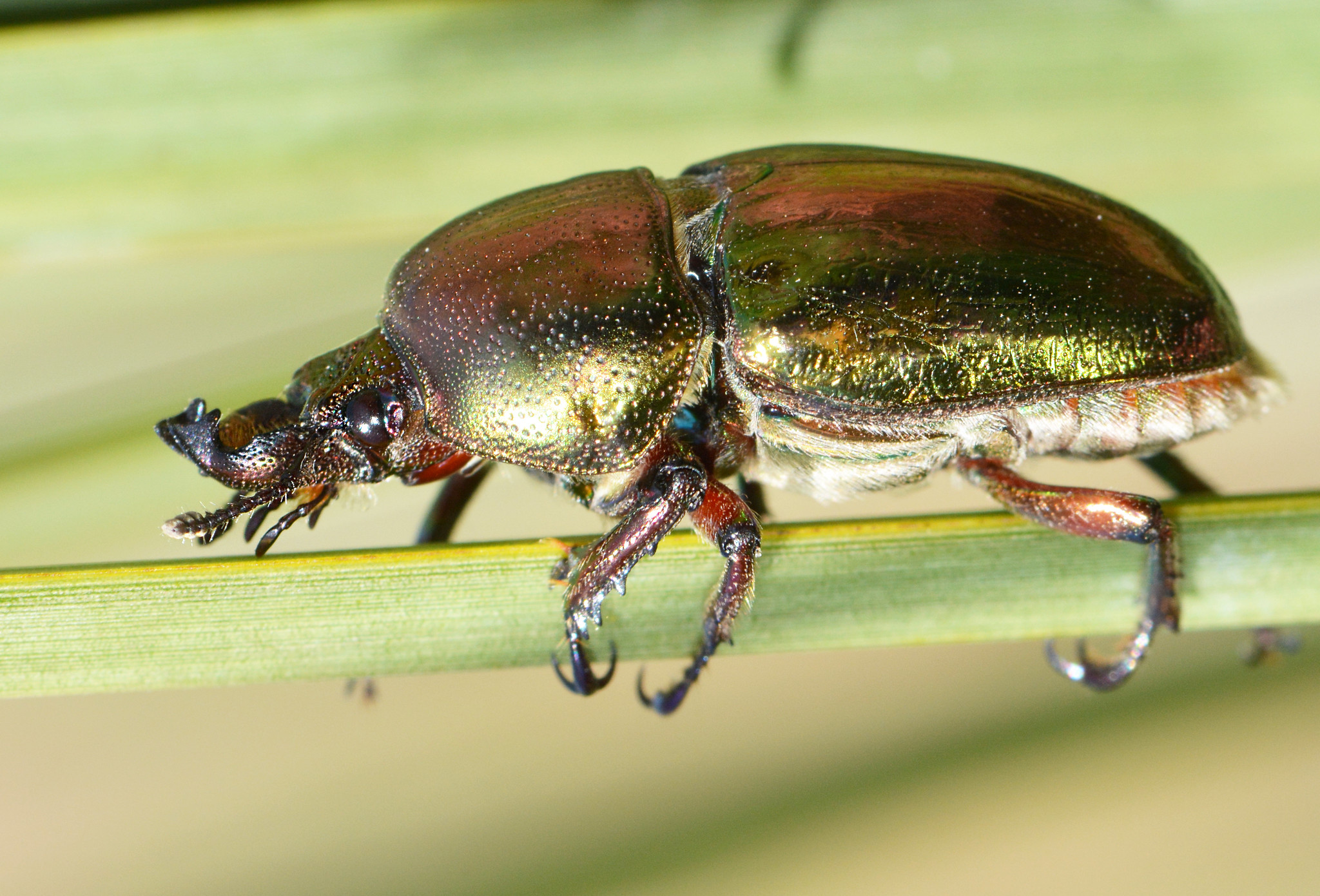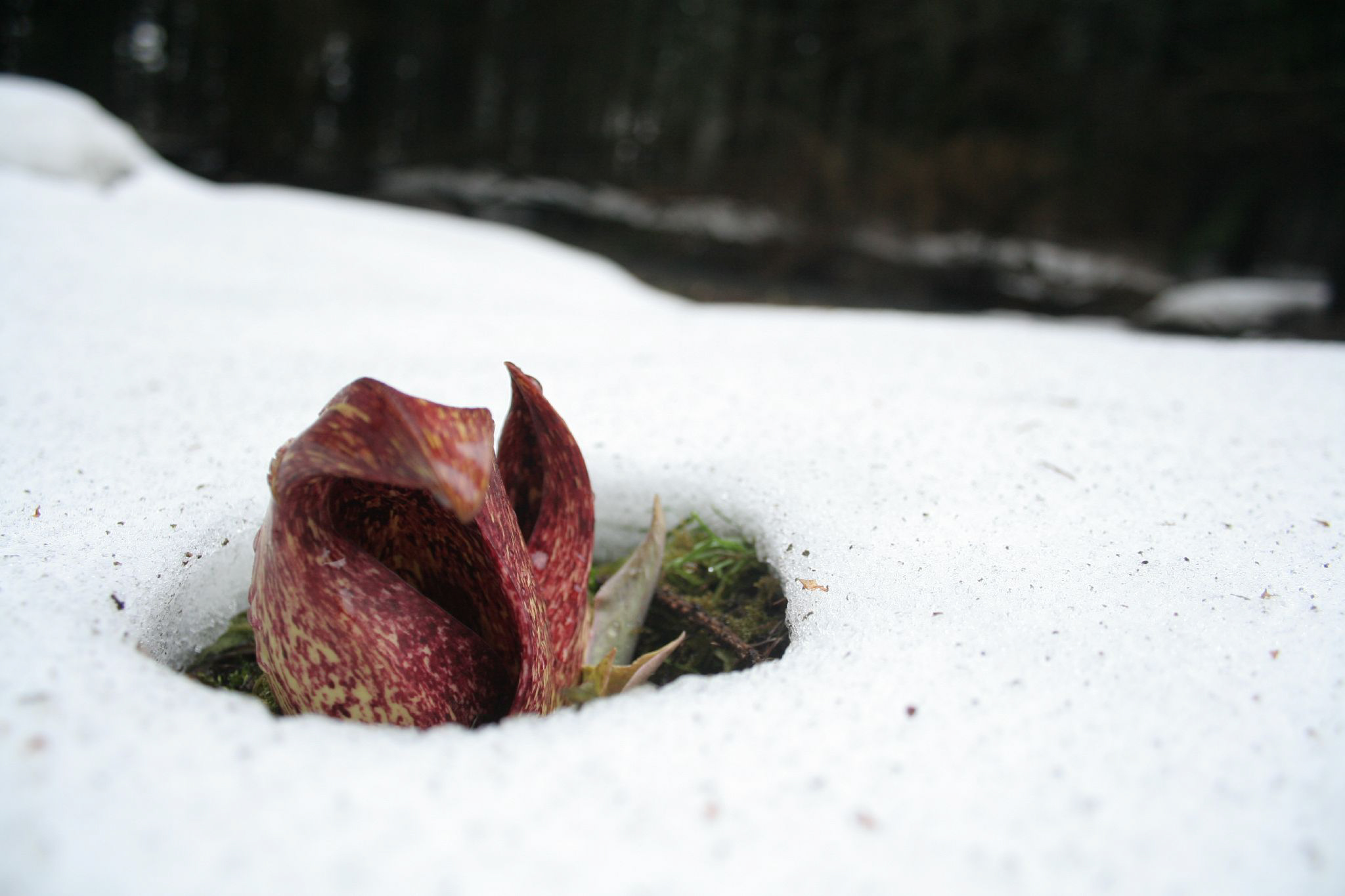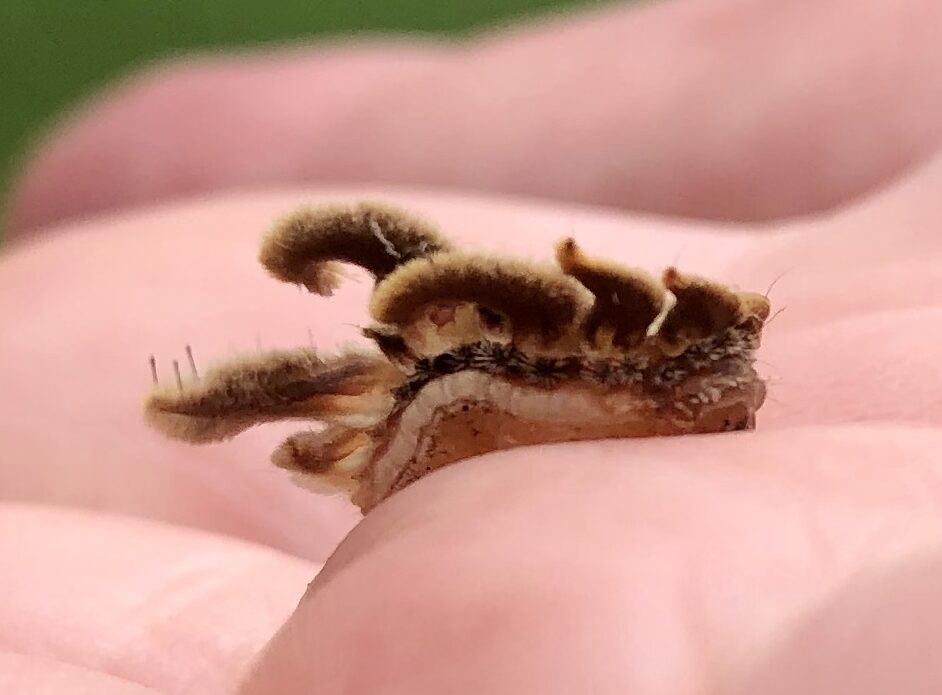Living in Maine, where lobsters are available left and right, I’ve always thought that they resembled something I’ve seen before…something I’ve seen way too many times and never particularly enjoyed. Those exoskeletons…the many legs….the antennae…could it be that the lobster is similar to a common cockroach? Are some of us eating insect meat for dinner?! The American Lobster, Homarus americanus, is a crustacean found along the Atlantic coast of North America. Crustaceans shares a common ancestor with all insects, including the household cockroach, Blattaria.
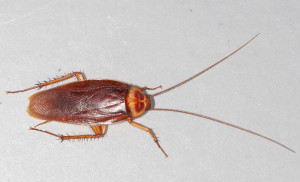
Insects and crustaceans belong to the phylum Arthropoda. The class Insecta, contains insects (no way!) such as mosquitos, beetles, and ants. Insects all have six legs, two antennae, three body parts, and most have two pairs of wings. The six legs of a cockroach serve as a locomotor system, which gives them the ability to run under couches, refrigerators, or old baseboard molding. Insects breathe through a tracheal system, which brings oxygen in air to their cells, through tiny tubes with openings at on the sides of each body segment. Many insects are short-lived creatures, but some, like cicadas, can live for more than a decade! Lobsters are comparatively very long-lived creatures. They can live up to 50 years in the wild!
Lobsters also belong to the phylum Arthropoda, but are divided into the subphylum Crustacea, which encompasses other familiar organisms such as crabs, shrimp, and krill. Their bodies are a bit like a Swiss Army knife: they have an appendage for every job! They have 10 legs for walking, and 2 pairs of long antennae-like appendages used to feel and smell (yes, smell) their surroundings. Their two impressive claws are used for both acquiring food, defense, and in territorial disputes with other lobsters. Arthropods don’t have a hinging jaw, like we do, instead they have several pairs of specialized “mouthpart” appendages that help them manipulate food, chew and grind it up, and sweep it into their mouths. The bottom side of their “tail” is covered in several fringy appendages and ends in a fan-shaped telson. These swimmerets help the lobster swim above the seafloor, and when combined with a fast flick of the tail, they allow it to make a quick backwards escape from danger.
Since lobsters and most other crustaceans live underwater, they can’t breathe in the same way as insects. This is because while air has a lot of oxygen (21% of air is O2), seawater is mostly… water (shocking I know!). So lobsters absorb oxygen from the water with 20 pairs of gills. These are hidden under the shell at the middle of the body, and the animal continually sucks water across them. Other crustaceans have more exposed gills, typically at the base of the legs. The fact that crabs (like the lobster) have well-protected gills, is probably why more crabs have evolved to live on land than other crustaceans.
Although these organisms appear to be very different, plenty of evidence suggests that the lobster and the cockroach are more similar than many people might think! They are both arthropods with segmented bodies, exoskeletons made of chitin, and a need to molt as they grow. Both groups have compound eyes, jointed legs, and muscle fibers gathered into bands. (Is that why they taste good?) On a more superficial level, lobsters and cockroaches are both active at night and omnivorous, consuming a wide variety of foods. And while the arthropod phylum contains lots of other creatures, such spiders and centipedes, anatomical and DNA evidence all support the idea that insects and crustaceans are more closely related to one another than to the other arthropods.
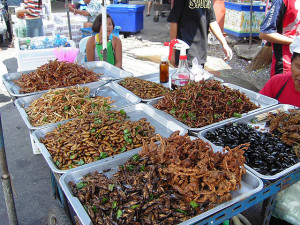
It may therefore not be so weird to think of lobsters as ‘cockroaches of the sea.’ Eating insects is actually a common practice in some parts of the world, and it may be good for global sustainability, since insects can be grown using much less land area than cattle, pigs or chickens, and they produce less waste. Expanding our minds to accept insects in our diet might be a good idea.
However, don’t be too grossed out — the cockroach and the lobster, probably shared that common ancestor about 525 million years ago. Since then, they have evolved into pretty different creatures. Thank you, evolution!

